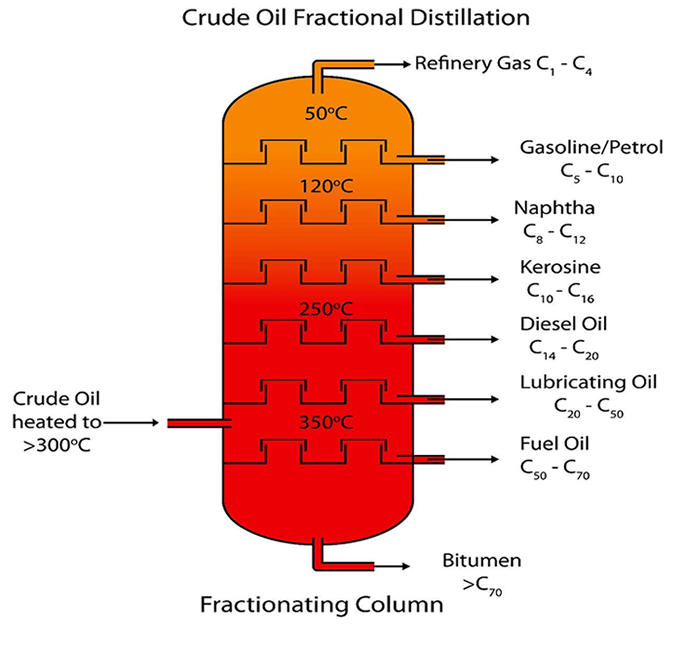With the development of industrial technology, high speed, high performance, high automation, high efficiency and long life required by modern equipment, it is difficult to meet the lubrication of mineral oil alone. Adding a small amount of other substances to the lubricating material can improve its performance and give it new properties. These substances are called additives for lubricating oils.
Adding different additives to the oil is the most economical and effective means of improving oil quality. Generally speaking, the quality of lubricating oil often depends on the variety and quality of additives. Therefore, the development and use of additives has become an important way to rationally and effectively utilize resources, improve equipment performance and save energy.
Lubricating oil additives can be divided into clean dispersing agents, anti-oxidant anti-corrosive agents, extreme pressure anti-wear agents, oil-based agents and friction modifiers, antioxidants and metal deactivators, viscosity index improvers, rust inhibitors, and Grouping of coagulants, anti-foaming agents, etc., the following describes the mechanism of action of commonly used lubricating oil additives.
Clean dispersing agents include detergents and dispersants. Mainly used for internal combustion engine oil (steam oil, diesel engine oil, railway diesel locomotive oil, two-stroke turbine oil and marine engine oil). Its main function is to keep the inside of the engine clean, so that the insoluble matter generated is in a colloidal suspension state, and no further carbon deposit, paint film or sludge is formed. Specifically, its role can be divided into four aspects: acid neutralization, solubilization, dispersion and washing.
- Acid neutralization: The detergent dispersant generally has a certain basicity, and some even high alkalinity, it can neutralize the organic acid and inorganic acid formed by the oxidation of the lubricating oil, preventing further condensation. So that it can reduces the paint film and also prevents corrosion of these engine components on engine components.
- Solubilization: Clean dispersants are surfactants that solubilize solid or liquid substances that are otherwise insoluble in oil into the center of micelles composed of 5-20 surfactant molecules, during use, it will contain hydroxyl, carbonyl, carboxyl oxygen compounds, nitro compounds, moisture, etc., solubilized into micelles to form a colloid, to prevent further oxidation and condensation, reducing the formation and accumulation of harmful deposits on engine components.
- Dispersion: It can adsorb solid particles such as carbon deposits and paint film that have been formed, and make it a colloidal solution state dispersed in oil, these substances can be prevented from further agglomerating into large particles and adhering to the machine member, or deposited as sludge.
- Washing effect: It can wash the paint film and carbon deposit which have been adsorbed on the surface of the part and disperse it in the oil to keep the engine and metal surface clean.
The structure of the clean dispersant is basically composed of three groups of lipophilic, polar and hydrophilic. Due to the difference in structure, the performance of the detergent dispersant is different. In general, the ash additive has better detergency and the ashless additive has outstanding dispersibility.
Typical representatives of detergent dispersants are sulfonates, alkyl phenates, salicylates, succinimides, succinates and polymers. The first three are also referred to as ash-cleaning dispersants, and the latter three are referred to as ash-free detergent dispersants.

